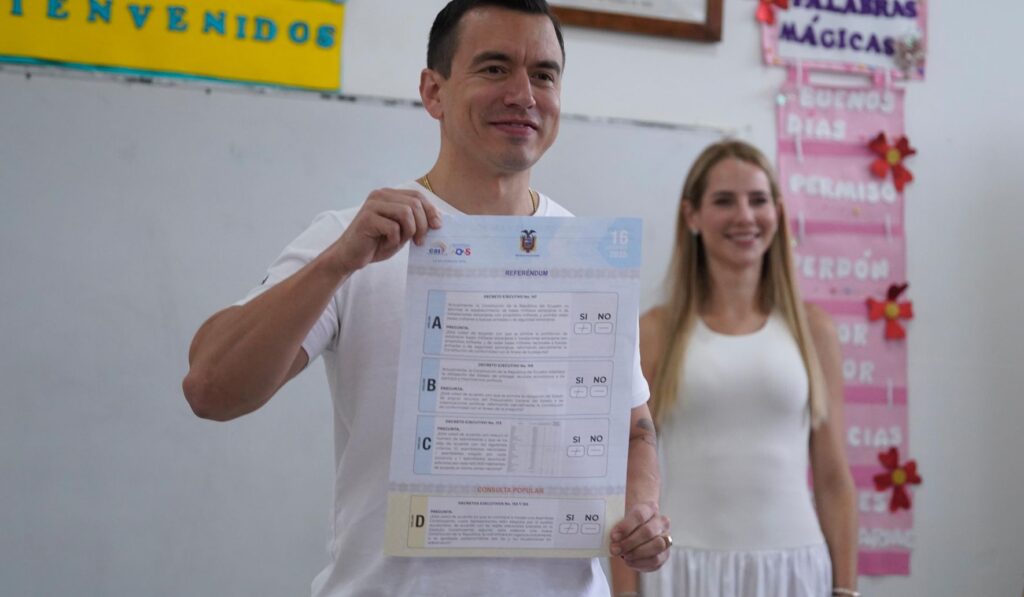The man who had been high on Ecuador’s most-wanted lists reportedly staged his death to escape scrutiny and then relocated to Spain, where he remained for several years. Investigators say the fake death allowed him to cut ties and slow the progress of ongoing probes into his alleged trafficking network. That tactic bought time, but it did not erase the attention of law enforcement following leads and intelligence tips.
Authorities on both sides of the Atlantic monitored movements that eventually narrowed the circle around his whereabouts. Cross-border information sharing, biometric checks, and travel records helped build the case that led to the Sunday arrest. The operation reflects modern policing methods that combine old-fashioned legwork with digital tracking techniques.
Faking a death is a tactic criminal figures sometimes use to dodge capture, and it usually involves forged documents and supporting false narratives. Creating a paper trail that shows someone has died can freeze investigations temporarily and complicate asset tracing. Over time, however, those fabrications can unravel under forensic accounting and cooperation between foreign agencies.
Once located, suspects who thought they had slipped off the radar face a networked array of tools designed to confirm identities and movements. Fingerprints, passport checks, and financial transaction reviews are standard steps investigators use to close cases. In this instance, officials combined those tools to verify the fugitive’s identity and to justify the arrest.
Captures like this one tend to ripple through criminal ecosystems, disrupting routes and contacts while prompting rivals to recalibrate. Seizing a high-value target can expose hidden logistics, safe houses, and local facilitators that supported broader trafficking operations. That exposure often triggers follow-up investigations, asset freezes, and additional arrests as prosecutors pursue associated actors.
From a legal perspective, bringing a fugitive back to face charges involves a sequence of judicial and diplomatic steps when international borders are involved. Extradition requests, hearings, and evidence transfers can take months, and each country’s procedures must be respected. Meanwhile, prosecutors will review available evidence to assemble a case that can hold up in court.
The broader lesson from this arrest is how persistent investigation and international cooperation can overcome elaborate evasion strategies. Criminals who rely on forged identities and staged deaths may get temporary relief, but the globalization of law enforcement tools narrows safe havens. For citizens and local communities, such breakthroughs are meant to restore a sense of accountability and to reduce the influence of organized trafficking networks on everyday life.



